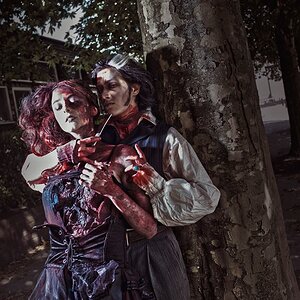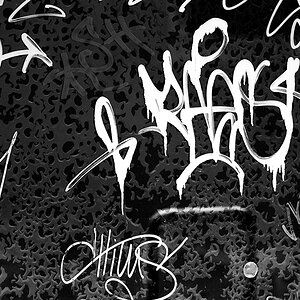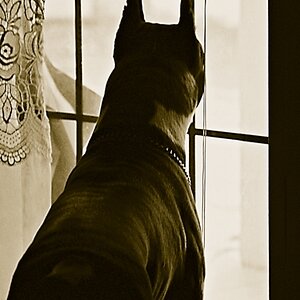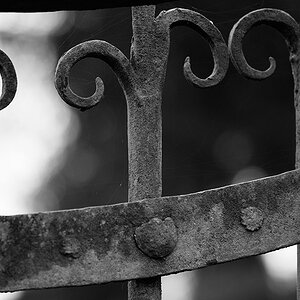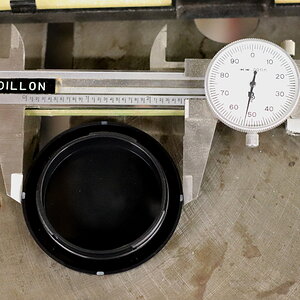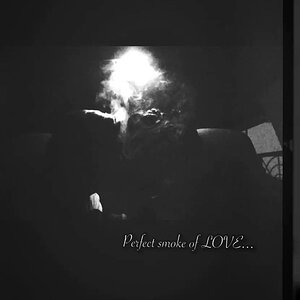ryunin
TPF Noob!
- Joined
- Jan 17, 2010
- Messages
- 89
- Reaction score
- 0
- Location
- Prague, the Czech Republic
- Website
- www.romanvalekphotography.com
- Can others edit my Photos
- Photos NOT OK to edit
A few days ago I gave a link to my photography web at a forum and one person gave a strange comment. I mean I have been discussing photography for 4 years or so - not a longtime but I love to discuss so there. I have heard ppl say things like it's a kitch, the print is poor quality, it is boring... but never ever I heard a person experienced in photography says something as vague as "bad".
But it is interesting. The longer I am engaged in photography the more I begin to appreciate any photograph where I feel the person who took and made it did it sincerely. Not a quick shot like you buy a compact camera and take hundreds of pictures on holiday or you think you are going to be a big time artsy photographer and you fail to focus on what you want to focus on. But a photograph that was taken with your sincere attitude, knowing what you want and why you want it and if you dont' know, you don't pretend you do know. So from there I get my definiton of "bad photography". Something that was taken or printed without caring, without genuine interest in the subject, without your personal, individual involvement, something you took to pretend something or to imitate something or when you had absolutely no reason to take that photograph or what it expresses is just sheer lack of human caring. And technical aspects - I have my own very simple definition of lack of technical qualities - whatever went wrong technically and didn't help your sincere intention to create an image that reflects your sincere interest in the subject.
What do you think?
But it is interesting. The longer I am engaged in photography the more I begin to appreciate any photograph where I feel the person who took and made it did it sincerely. Not a quick shot like you buy a compact camera and take hundreds of pictures on holiday or you think you are going to be a big time artsy photographer and you fail to focus on what you want to focus on. But a photograph that was taken with your sincere attitude, knowing what you want and why you want it and if you dont' know, you don't pretend you do know. So from there I get my definiton of "bad photography". Something that was taken or printed without caring, without genuine interest in the subject, without your personal, individual involvement, something you took to pretend something or to imitate something or when you had absolutely no reason to take that photograph or what it expresses is just sheer lack of human caring. And technical aspects - I have my own very simple definition of lack of technical qualities - whatever went wrong technically and didn't help your sincere intention to create an image that reflects your sincere interest in the subject.
What do you think?




